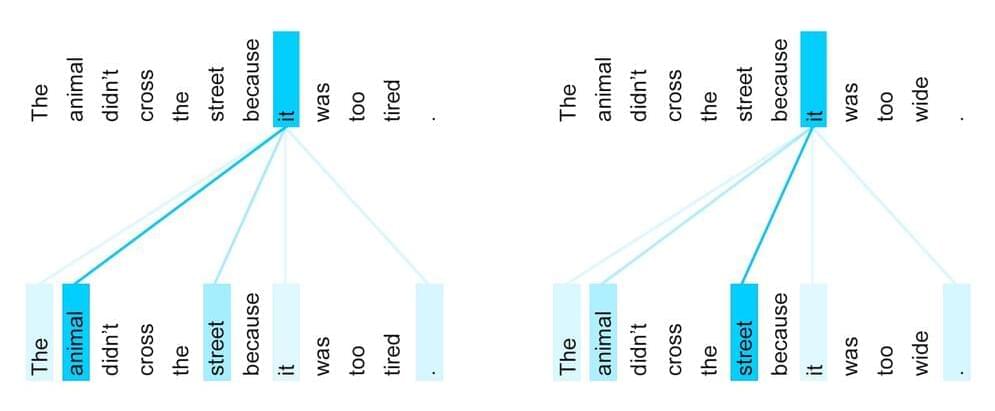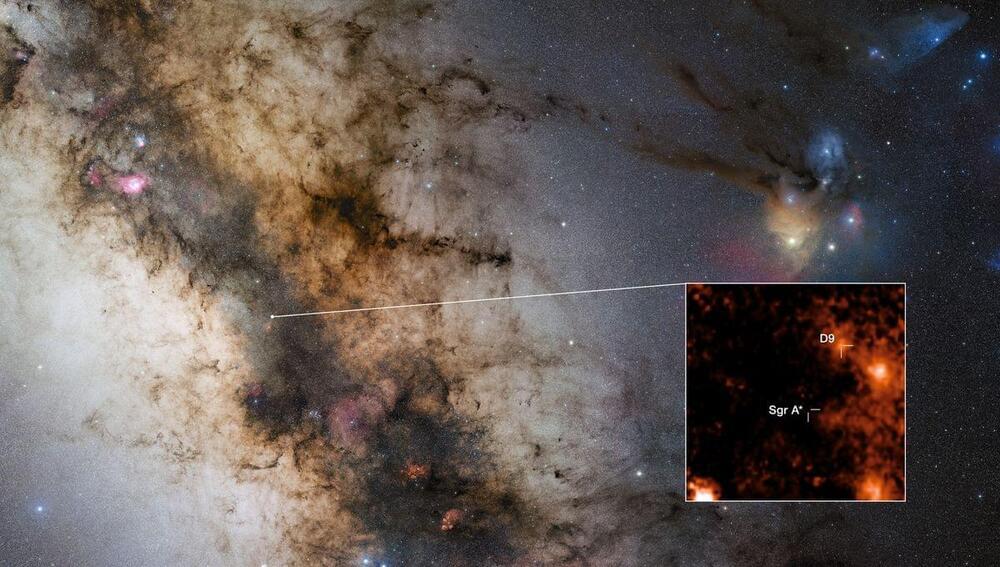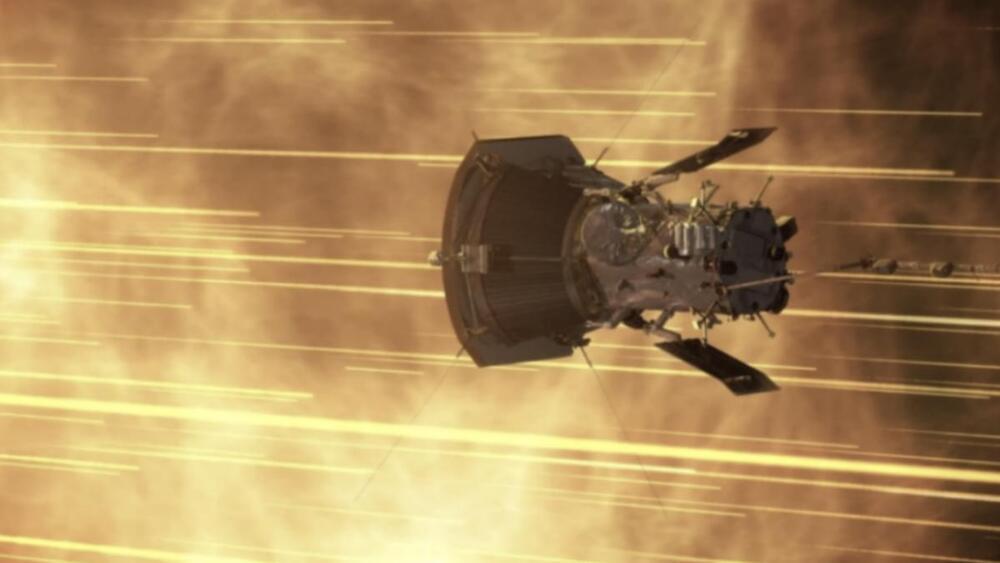Hallucinations, a bane of popular A.I. programs, turn out to be a boon for venturesome scientists eager to push back the frontiers of human knowledge.
In the simulation hypothesis, some scientists believe we could outsmart the simulator—even in the unlikely case we’re just glitches in the code.
Leveraging the success of this new program, just about two years from its launch DeepMind’s AI spinout Isomorphic announced two drug discovery deals, worth $3 billion each, with Eli Lilly and Novartis.
Earlier this year, microprocessor giant NVIDIA also dove head first into AI for drug discovery, making big investments and deals with leaders like Recursion Pharmaceuticals and Genentech.
AI in drug discovery seems to be having a moment.
Is booming, with retail sales set to rise 39% by 2027. A new report from the Forum highlights urban delivery challenges and solutions.
The fascinating stories and secrets behind hit Japanese products, plus parts and machines that boast the top share of niche markets. In the first half: the story behind canned bread developed by a Japanese bakery in 1996 which doesn’t go stale easily and has a long shelf-life. In the second half: a machine that makes dorayaki, a Japanese sweet with red bean paste sandwiched by pancakes. We introduce this unique machine that’s also being used to make other sandwich pancakes around the world.
A new study suggests there might be a way to prove the notorious Anthropic Principle false.
Asus is only teasing its new Zenbook at this time, so we’ll have to wait until its formal introduction at the Always Incredible launch event on January 7 to get the full scoop. Given the battery life claims, however, it is likely that this new Copilot+ PC will be powered by a Snapdragon X chip.
You may not know that it was a 2017 Google research paper that kickstarted modern generative AI by introducing the Transformer, a groundbreaking model that reshaped language processing.
In the words of one of the researchers: “Black holes are not as destructive as we thought”
To make this record-breaking pass, the nearly 10-foot-long probe has made 22 orbits around the sun, allowing it to swoop ever deeper into the corona. And while doing so, the spacecraft has been continually picking up speed. When you repeatedly swing by such a massive and gravitationally powerful object — the sun is a sphere of hot gas 333,000 times as massive as our planet — you accrue lots of speed. Out in space, there’s nothing to stop this motion.
On this close flyby, the probe reached some 430,000 miles per hour (692,000 kilometers per hour).
“That’s like going from Philadelphia to Washington, D.C. in one second,” marveled Raouafi. “It’s fascinating. It’s the fastest human-made object ever.”









